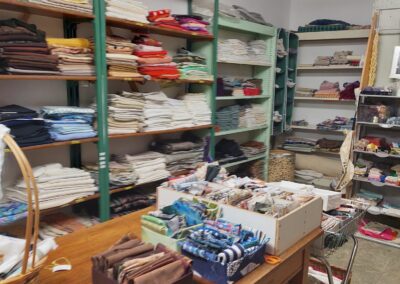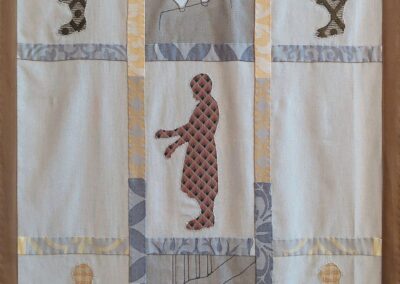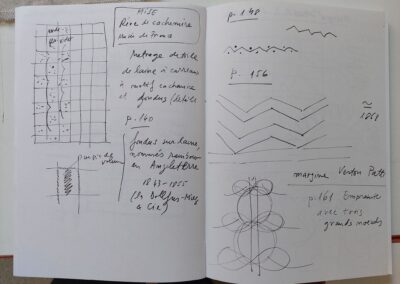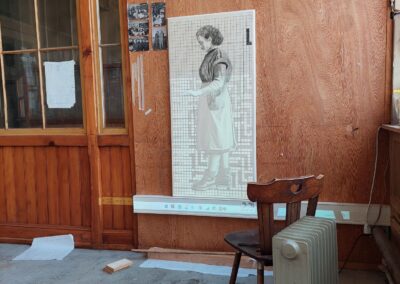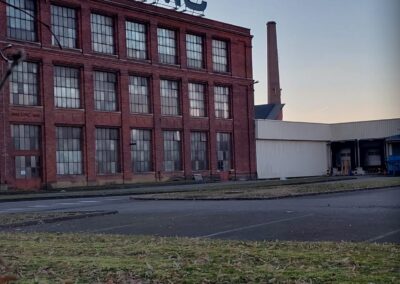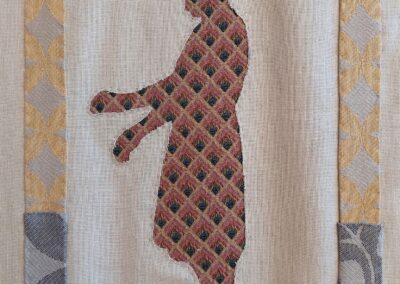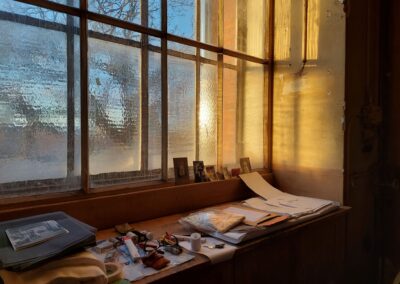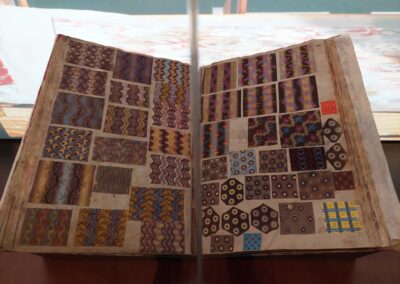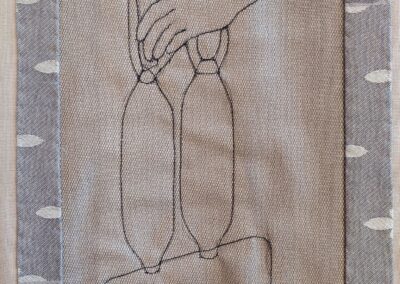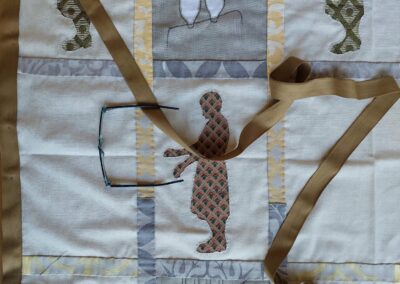AURORA KIRÁLY
Aurora Király chooses for her projects a unique frequency of communication with the world. Language as art alternates with the homogenous rhetoric of the modern information system and inbetween these plans there is a subtle transfer of substance. The domestic intimacy of writing, the formal elegance of photography and a special light always tell a good story. Layers of emotion and consultancy reiterate real life.
From the long history of abstract avant-garde, Aurora Király takes and inevitably connects art with knowledge. The lines organising her work are austere, yet serene. The conceptual dimension is associated with history, hope, trauma, memory, human relationships, the thoughts of a child, the garden, the last snow… A profound sense follows the infusions of language and real-life and accepts the experimental code for various daily necessities. Throughout the years, the activity of Aurora Király has surveyed the field of contemporary art from various perspectives. During the 1990s and the 2000s, her projects explored the capacity of photography to record the quotidian, by combining autoreferential fragments with documentary aspects of day-to-day life. Her black and white photographs as well as the ones in colour are focused on details that are usually overlooked, “embedding” personal moments, for wanting to preserve these fragments, to understand them and to reflect on her existence. Since 2007 she has taught at the Department of Photography and Dynamic Image, at the Bucharest National University of Arts, an experience that has made her reevaluate her artistic activity and to return with new, mature and profound projects. Her most recent works question the sources that an artist may explore for choosing a subject and the modality through which the said artist approaches context / recent history / art history. The influence of international tendencies and of the art market on art production, the works and the practices of artists who “listen to” and acknowledge their own “voice” represent a few of the issues of interest for Aurora Király at the momen
Moulhouse Resindecy
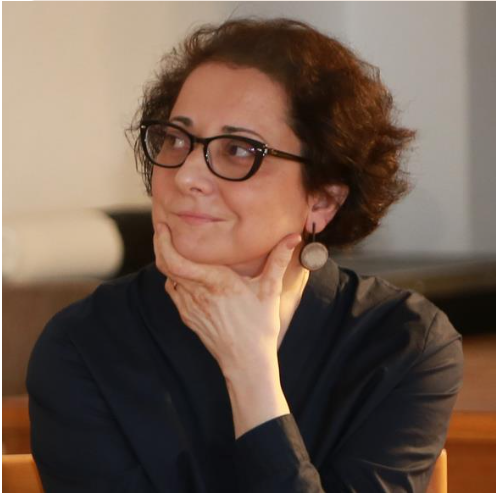
The artist residency I had in February-April 2024 at Kunsthalle Mulhouse supported me in researching a new direction in my artistic practice. Because I was interested that what I was working there connected to the history of the place, I explored and focused on the role of women in the textile industry, so important for the region of Alsace and the city of Mulhouse.
The process of my artistic research was divided into three segments:
– in the first month, I became familiar with the history of the city, following various steps of documentation and research: reading books, articles, related materials about the historical past in order to understand the context that allowed the development of textile manufacturing and then its development at the beginning of industrialization, visiting museums, consulting materials and images from the city’s archives, setting up meetings with representatives of institutions;
– in the second month I began to work and experiment with several directions that had been outlined as a result of the materials and observations accumulated in the first stage;
– in the last month of the residency I put into practice and finalized the work on these projects.
The AFAR Network project is co-funded by the European Union: ”Views and opionions expressed are however those of the autohor(s) only and do not necessarily reflect those of the European Union. Neither the European Union nor the granting authority can be held responsable for them.”

